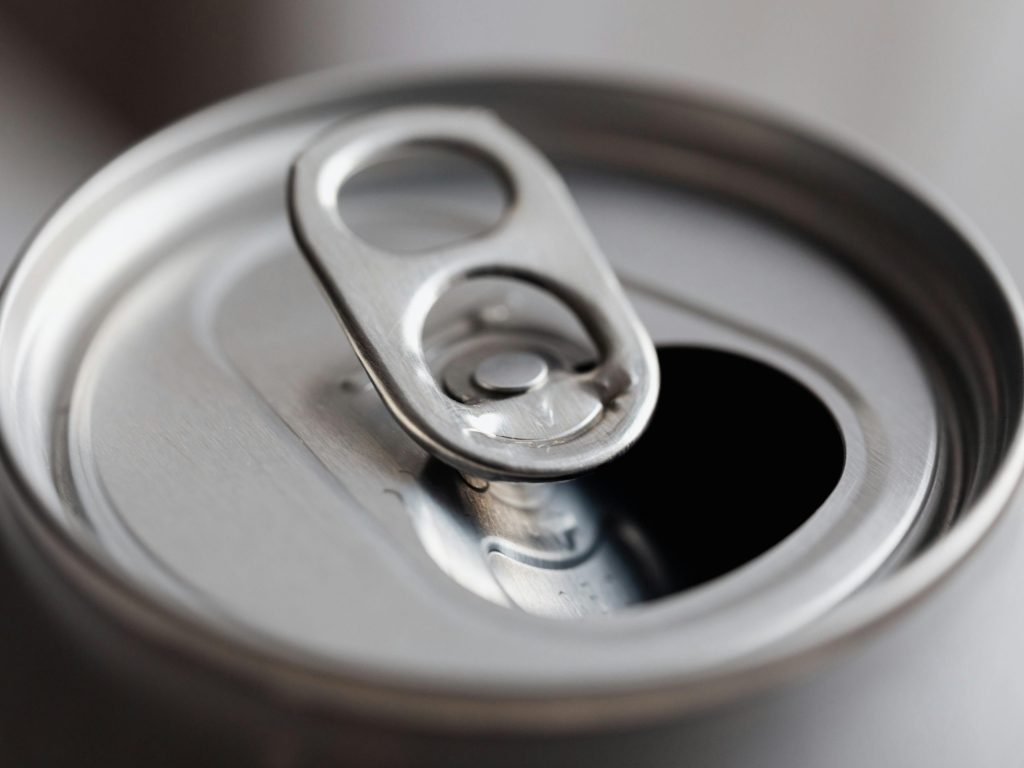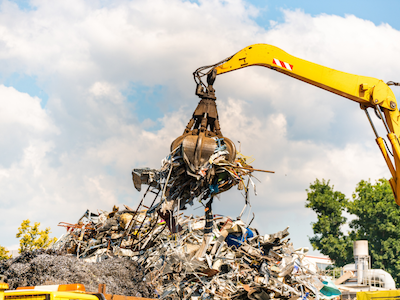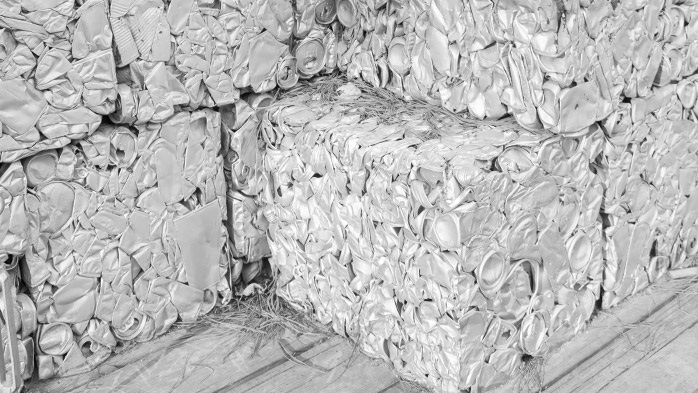Aluminum Scrap Markets

July 14, 2025
Ball v. Crown and the limits of design
Written by Nicholas Bell
Seam Wars
On the last day of June, a legal battle between two giants of the aluminum packaging world, Ball Corp. and Crown Holdings, was finally settled.
The U.S. Court of Appeals for the Federal Circuit affirmed a lower court’s ruling that invalidated key claims in Crown’s patents over double seaming technology, an innovation used to lessen the gross weight of aluminum used in beverage can production.
The appeal itself dates to the early days of the pandemic in 2020, the origins of the case date back over a decade ago.
The patent disputes regarded methods for joining can body sheet to end stock, which was intended to reduce the amount of aluminum required in a can’s structure.
The most recent filing affirmed the court’s summary judgment of invalidity of Crown’s claims that Ball’s infringed upon Crown’s proprietary technology.
Ball vs. Crown serves as an ongoing example of the beverage can industry’s intense competitive secrecy in lightweighting and innovating the perfect can, but the increasingly nearly perfect circularity has to contend with a broader ecosystem that continues to backslide.
A gazillion cans measured by grams
Today’s standard 12-ounce can uses about 18% less metal today than one from the 1991, with the standard metallic weight falling to 12.99 grams from 15.33 grams in 1991. The lightweight has been hailed as a sustainability success, but it makes folks wonder how much of that lightweighting contributed to a loss in used beverage can (UBC) scrap generation by tonnage.
Over the same period, the U.S. consumer recycling rate dropped to around 43% in 2023, according to the Aluminum Association, possibly lower when excluding imported cans from the denominator, from around 60%, according to the Container Recycling Institute.
That decline, when scaled to today’s higher beverage can production levels, results in a massive gap in recycled content re-entering the supply chain.
In 2024, the U.S. produced about 114.4 billion cans, according to CRU data, which translates to roughly 639,000 metric tons (mt) of UBC scrap being recovered. But if consumers recycled at the 1991 rate of 60.3%, the systems would reclaim about 895,000 mt.
That amounts to an opportunity cost of more than 255,000 mt per year, or a five-month shortfall of UBC scrap coming back to the value chain, using U.S. Geological Survey (USGS) figures for annual scrap consumption.
More leakage than lightweighting
Again, how much of that is the result of design innovations at the center of the Ball v. Crown case and lower metallic content, as opposed a drop to recycling rates against the stark production increases?
By modelling 2024 can production, safely assuming the 2023 recycling rate given the plateauing trend seen in the last couple of years, and comparing outcomes across different recycling rates, we can estimate that around 80% of the shortfall is the result of the recycling rate, while only about 20% is the product of lighter cans.
In other words, if the recycling rate had remained at the same level seen in 1991, adjusted for how many cans the U.S. is producing now with lower metallic content, the consumer infrastructure would be sending far more aluminum back into the system than it did three decades ago.
What goes into a can
So, while the average can achieve an impressive 73% average of recycled content, according to the Can Manufacturers Institute, the trajectory of scrap generation and collection over the same period makes today’s market a comparable deficit for beverage can sheet and end-stock producers.
The smaller the relative supply of scrap, the higher the buying spreads, the greater the unit cost. Even with wider buying spreads, the tighter the availability at times, whether seasonal or otherwise, the more reliant rolling mills are on other inputs like primary and remelt scrap ingot or industrial scrap, like class scrap or can stock clippings.
It should be noted that when buying spreads are at a fixed percentage of the Midwest transaction price, the higher the price of primary aluminum or the Midwest premium, the more attractive scrap becomes in absolute terms. The dollar savings per pound widens, the higher the Midwest transaction price climbs.
Still, greater reliance on primary aluminum – no matter how sustainably produced – will require more power and an elevated level of emissions compared to UBC feedstock.
Carbon cost of the scrap gap
The emissions footprint of falling short by about 255,000 mt of UBC scrap per year, based on analyzing data from a 2022 life-cycle assessment by the Aluminum Association, amounts to a significant environmental impact.
If the loss in UBC scrap from a drop-off in recycling rates substituted entirely with North American-produced aluminum, which tends to use a larger share of renewable energy that the global average, would still result in close to an additional 1.5 million mt of carbon dioxide (CO2) emissions annually. Even if the primary aluminum were substituting remelt secondary ingot (RSI), the added emissions would still come close to 1.4 million metric tons of CO2.
To provide a vantage point, that gulf in annual emissions savings is roughly equivalent to the carbon footprint of 300-325,000 passenger vehicles on the road every year for 12 years.
Can’t recycle what doesn’t return
As the Ball v. Crown case becomes a footnote in the history of beverage can efficiency engineering, it encapsulates a monument when sustainability could be designed at the drafting table.
The case itself was mostly a jumble of legalese and technobabble that is more intellectual property than it was industrial production. Crown claimed the seaming technique used at a juncture where the can’s wall ended, and the reinforcement of the end stock began fell under two of Crown’s patents and any use thereof was tantamount to infringement.
Overall, the case affirmed the notion the seaming procedure was too “indefinite” to be enforceable.
The irony is that the real indefiniteness undermining the aluminum can’s future isn’t a blueprint at all. It’s the devolution of consumer recycling habits. It is neither the can’s reduced metallic content over the years, nor attributable to a decline in beverage can consumption, but the growing gap between what consumer can do and what they actually do.








